We did it! We queued from before dawn for a Sushi Dai sushi breakfast in Tsukiji Fish market and, having savoured every single piece, we can say it was totally worth the wait! A visit to Tokyo is not complete without a sushi breakfast and Sushi Dai is one of the best. Here’s our tips for getting a spot at the Sushi Dai counter. Enjoy!
Note: this article was based on the old location. The fish market and Sushi Dai have moved to Toyosu. We will update after our upcoming Japan trip in mid 2023.
How getting a seat at Sushi Dai works
Sushi Dai do not accept reservations in advance. Patrons must queue on the day and wait in line until there is a free seat at the sushi counter! Queues of three hours and more are a daily occurrence, here’s our tips for surviving the wait!
1 | The Sushi Dai queue
After missing out on a spot for the tuna auction at 3:15am on a Friday night in Tokyo we decided to make the most of our early start and hopped over to Sushi Dai. We joined the Sushi Dai queue around 3:30am and were about 50th in the queue. With the first sushi served at 5am and 12 or 13 diners making it inside the restaurant every 45 minutes, this meant at 4.5 hour queue for us in advance of our 8am meal ticket!
Best Hotels for Sushi Dai
We highly recommend staying in a hotel close to the Tsukiji Fish Market if you plan to eat at Sushi Dai. The Tokyo Metro does not run at night and to guarantee a place in the queue before 3am you’ll need to stay close to the market. The best options are to stay either beside the market itself or in the nearby popular Ginza area. Demand is crazy for hotels in Tokyo and the best usually sell out months in advance to make sure to book in time. The best hotels that are a short walk from Sushi Dai and the Tsukiki Fish market are:
- Courtyard by Marriott Tokyo Ginza An extremely central location and really comfortable and spacious rooms make this Marriott a perfect option for exploring the city and the Tsukiji market. Sushi Dai is less than a 10 minute walk from this hotel and the nearby Ginza metro station gives access to all the main parts of Tokyo. Check prices here!
- Millennium Mitsui Garden Hotel: A great alternative to the Marriott and a solid modern hotel. It’s also a 10 minute walk from the fish market but also really central for seeing the rest of the city. Check prices here!
- Tokyu Stay Tsukiji: The closest hotel to the Tsukiji fish market and is a great option for visiting Tuna Auction and Sushi Dai. You are literally across the street! Check prices here!
2 | What is the best time to get to Sushi Dai
There’s two options for eating at Sushi Dai: arrive super early in the hope of securing a dawn breakfast spot or arrive a little later in the morning with the aim of securing the last of the afternoon seat. Weekends are busier than weekdays and the queue started well before 3am on the Friday evening we ate at Sushi Dai. Around 150 spots are available each day and the queue closed off for the day at around 7:30am.
We prefer the arrive super early strategy: the queue time is less and it’s much easier to queue in the cool night air when the streets are quieter rather than waiting around in the heat of the blistering Tokyo sunshine when the market explodes to life.
We set off before 3. AM that is!
2 | Sushi Dai opening hours
Sushi Dai opens at 5am and closes around 2pm. The restaurant is closed on Sunday, holidays and days when the Tsukiji Fish Market is closed so make sure to check the fish market calendar!
3 | How to get to Sushi Dai
The Tokyo metro doesn’t run until 5am so find a hotel within reasonable walking distance of the fish market or you will have to travel by taxi. We stayed near Tokyo Station, which was a 25 minute walk to the market, and we felt safe walking through Tokyo at that time. There are 24 hours diners, internet cafes and capsule hotels near to Tsukiji if you need somewhere to stay for the night. Ideally, accommodation in Ginza or closer will leave you with less than a 10 minute walk to the market.
4 | Where to queue for Sushi Dai
Sushi Dai is a nondescript frosted glass fronted restaurant in a row of similar restaurants but it can usually be easily identified by the long queue! It is the second shop on the small street and the queue starts out the front and snakes around the corner on the same side of the street. There are breaks in the queue so as not to obstruct the market: be sure to check where the queue ends before you join!
The second part of the Sushi Dai queue:
Travel Guides
Here are some of the best travel guides for planning your Japan trip. We personally used the Lonely Planet Japan series for our trip planning. Click on the images below to buy yours now!
5 | Can I leave the queue for Sushi Dai?
It’s fine to leave the queue as long as someone is holding your spot. We took turns at having a wander through the fish market and the breaks really helped pass the time! There are public toilets in the fish market so bathroom breaks are a given.
6 | Is there any way to skip the queue?
Single diners are often fast tracked up the queue when a spare seat is open in the restaurant and there are only groups of two or more at the top of the queue. If you’re flying solo this can be a great way to get expedited entry. We saw solo diners arriving and getting seated within an hour which, compared to 3+ hour waiting times, is pretty swift!
The chef, telling us how it is!
7 | What to bring for the queue
Some of the diners in our queue had pop up chairs and these were met with envious glances. If you’re happy to sit on the kerb that’s also an option and a plastic bag might come in useful if you want something to sit on or if it wet. Bring a book, music and a jumper for the early hours and pack some liquids to keep hydrated in the queue.
Meal Time
1 | The Sushi Dai Menu
Two menus are available: a Omakase ‘trust the chef’ menu and Jyou, a standard menu. The Omakase menu costs ¥4,000 (around $40) and comprises of 10 pieces of nigiri which are the chef’s selection of the best fish of the day plus one piece of whatever is desired from the menu. A sushi roll, rolled egg and miso soup are also included. The standard selection includes 6 pieces of nigiri sushi, sushi rolls and miso soup and costs ¥2,600 (around $25). We decided to go all out and get the Omakase menu. After 4.5 hours of queuing we felt it was well deserved!
The a la carte menu from which we choose our final piece of sushi:
2 | How to order at Sushi Dai
The host, a lovely lady who manages the queue and the in-house service, takes orders for the Omakase or the Joyou menu about an hour before entry. I wasn’t too crazy on things like sea urchin or octopus and she let the chefs know. They were more than happy to serve me an alternative and the special treatment, which allowed me to have a full Sushi Dai experience, was very much appreciated.
3 | Bring cash
Like many small restaurants Sushi Dai is cash only so don’t forget to bring enough for the bill.
4 | Sushi time
4 hours and 30 minutes later and we finally made it to the sushi counter and it was worth every second of the wait. The sushi was incredible and the dining experience was relaxed and fun. We were in the restaurant for over 45 minutes and the time flew by. The only problem is we haven’t been able to eat sushi since and we may struggle to again outside Japan! Sushi Dai and Japanese sushi is just that good!
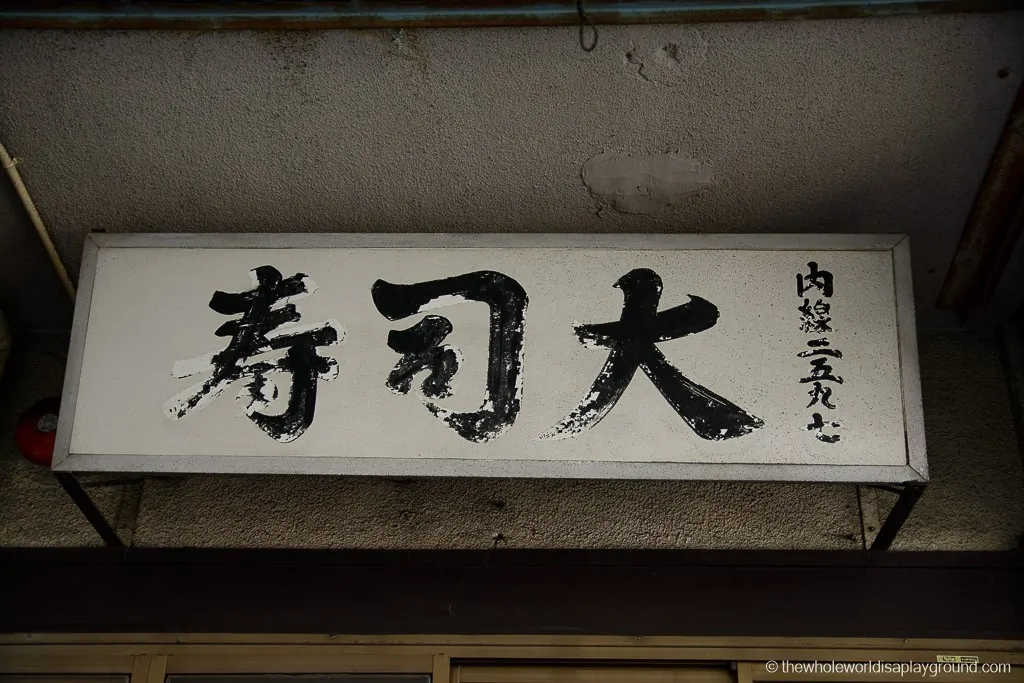
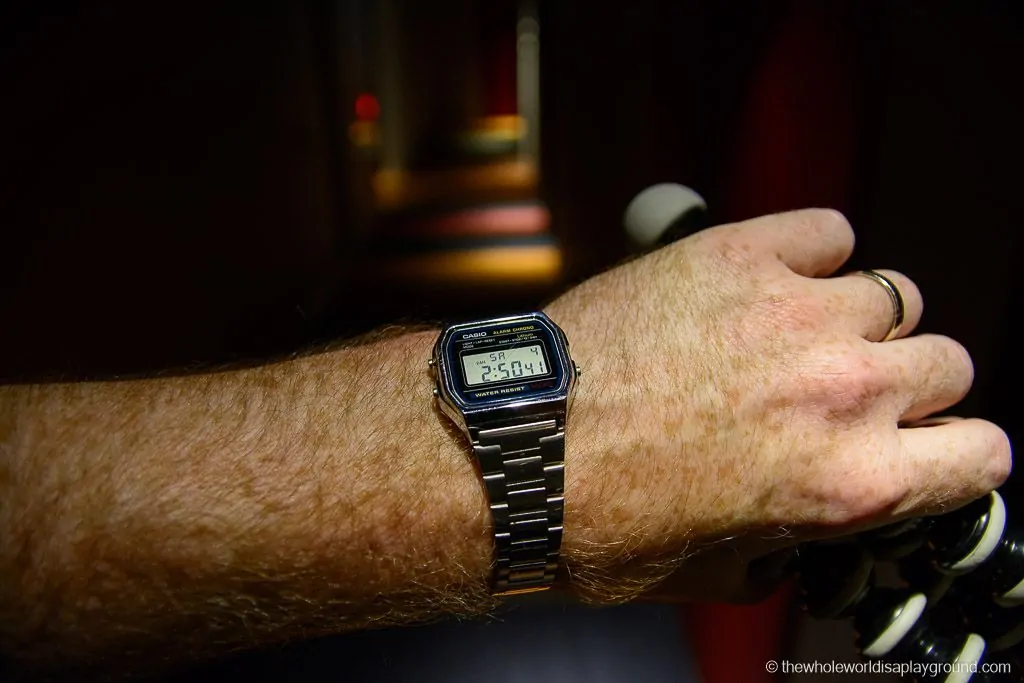
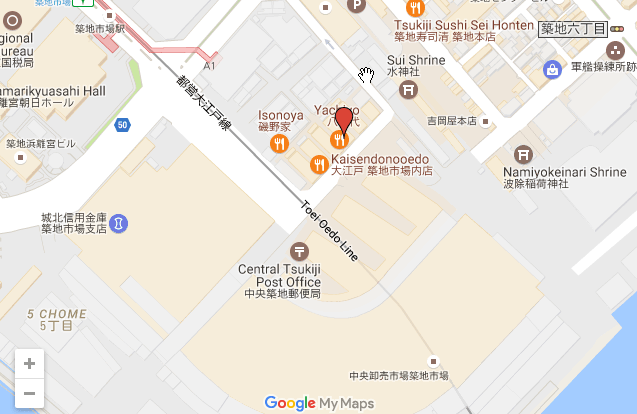
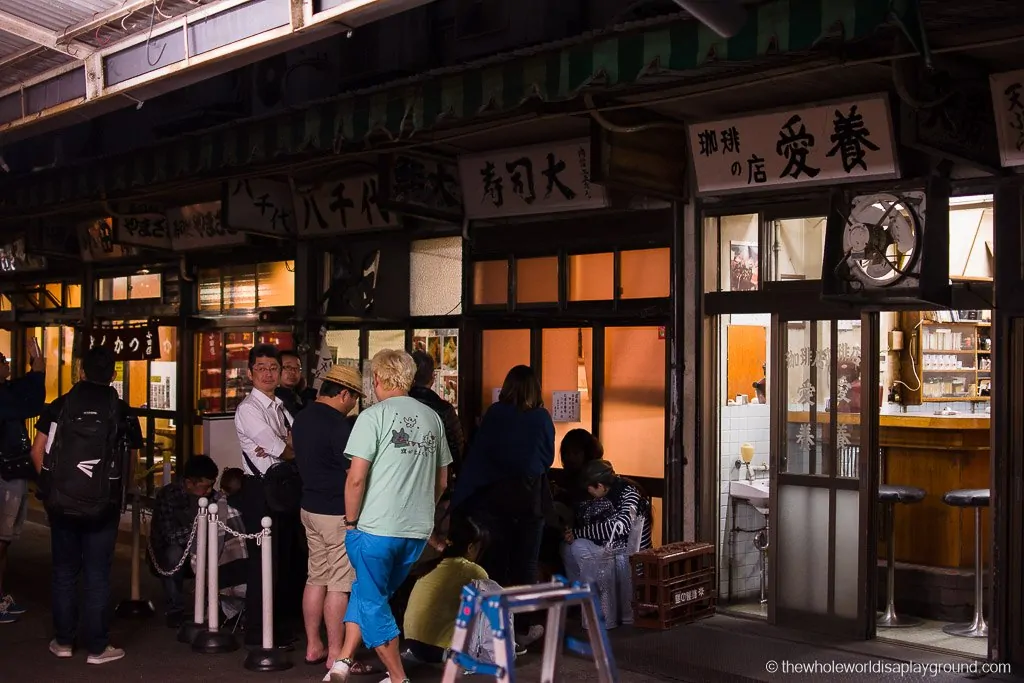
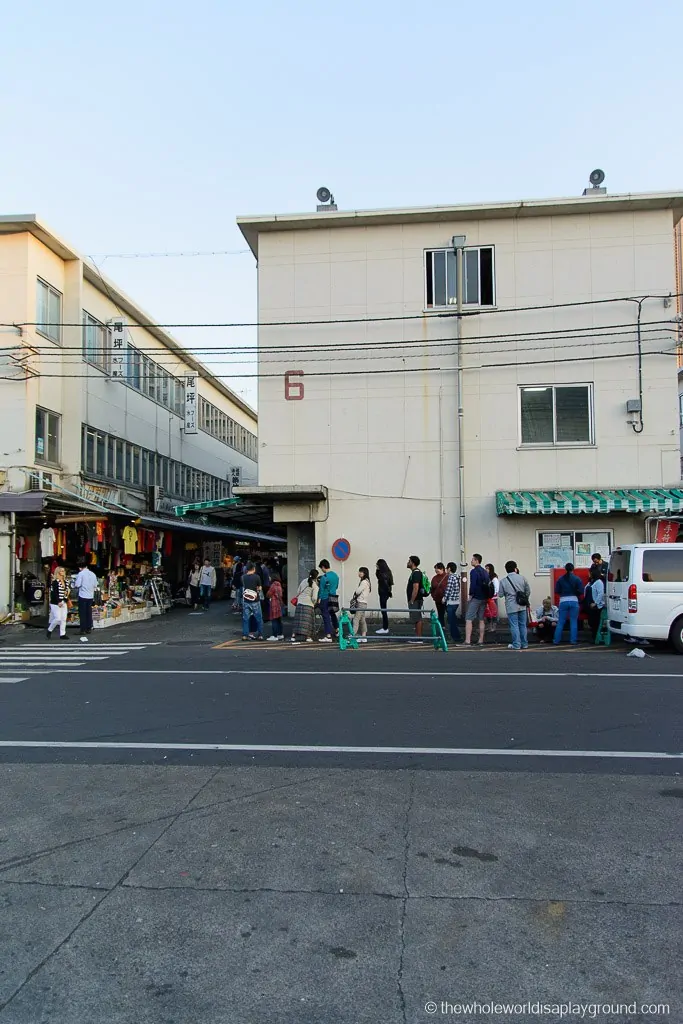
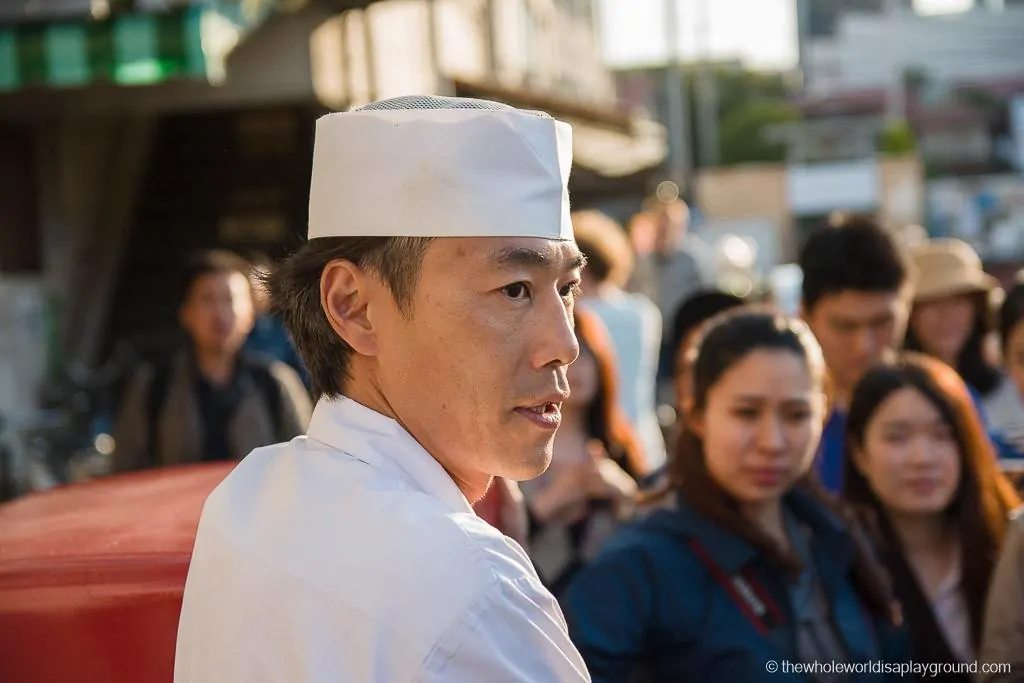
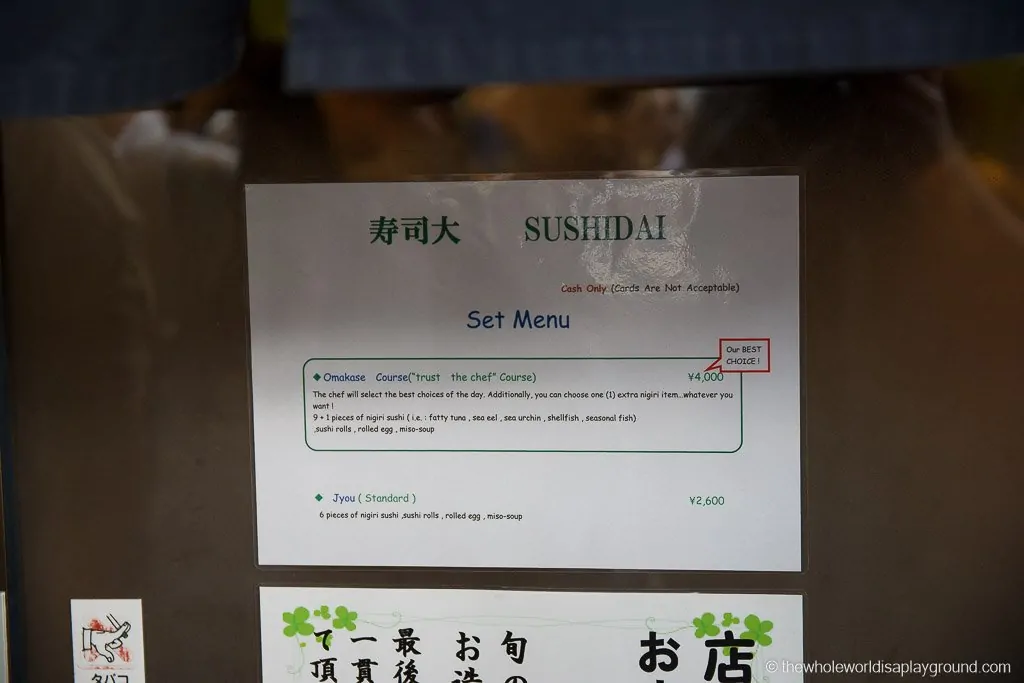
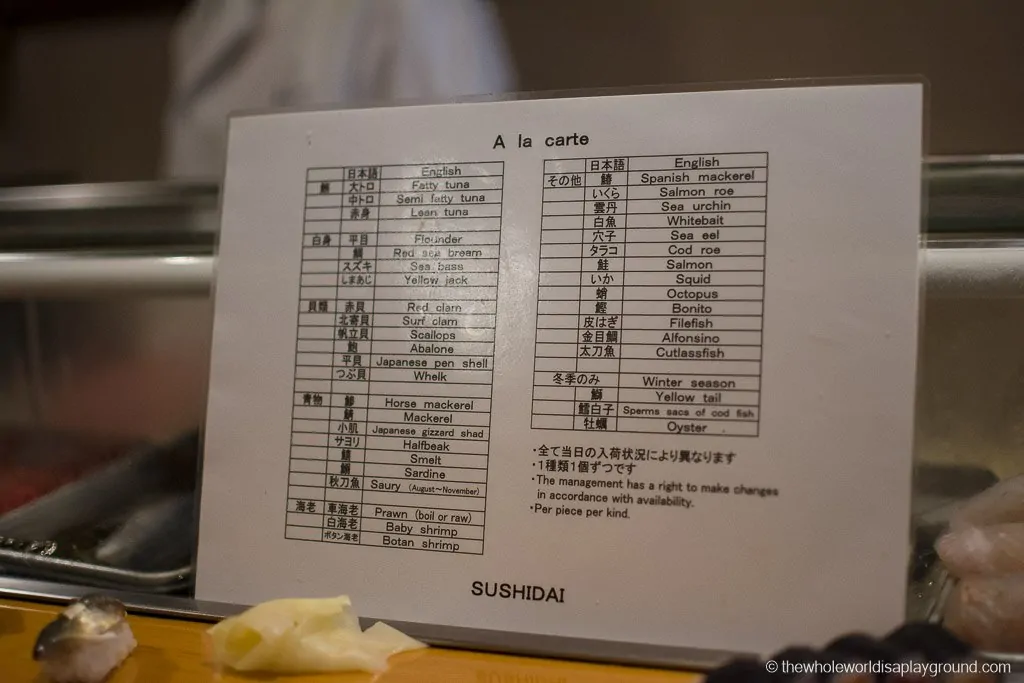
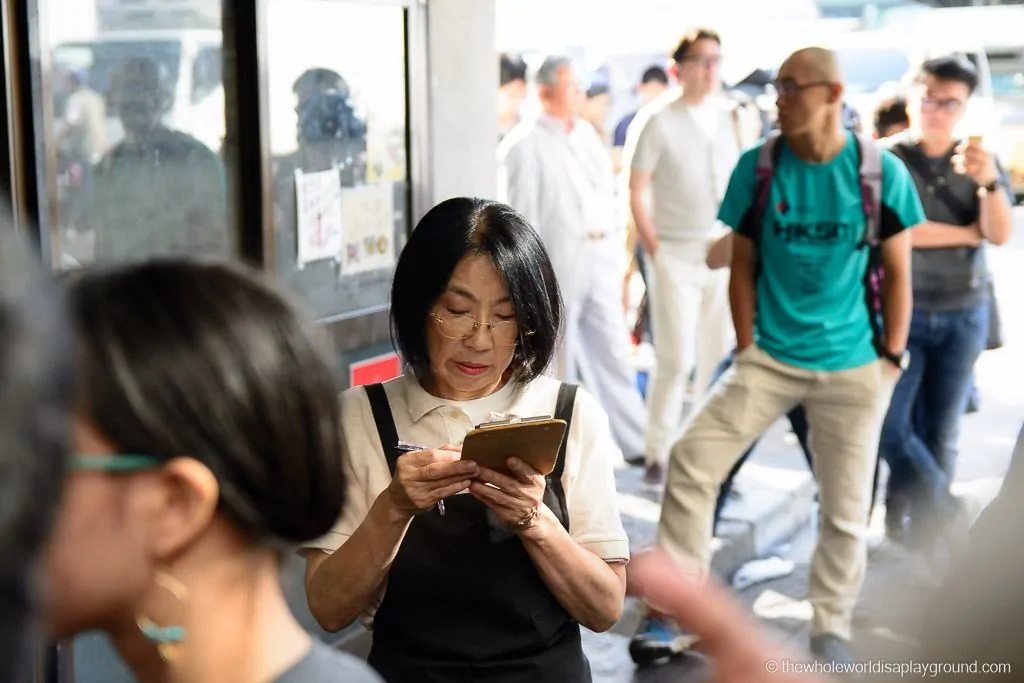
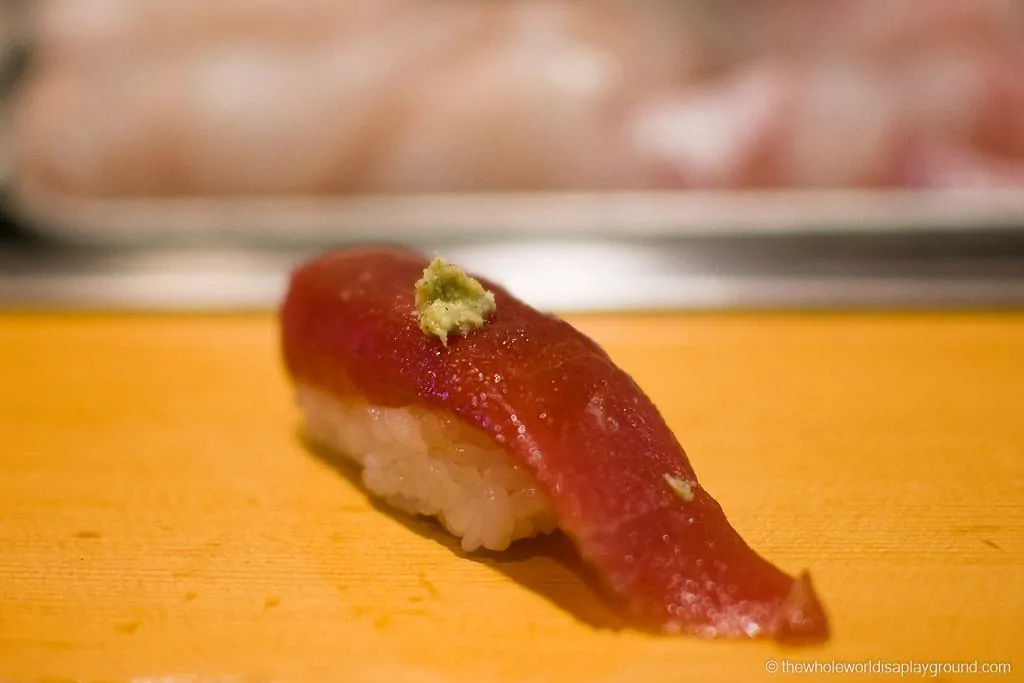
Thanks for the helpful info! Great breakdown 🙂 I don’t know if I can stomach waiting 4.5 hours but will definitely reference this guide if I decide to brave it
I know Susan! I had a few moments where I was done with that queue but glad we persevered, the experience was excellent!
Elaine
Were there any comparable sushi spots you can recommend?
Hi Susan, when are you off? We’ve heard lots of recommendations for Daiwa Sushi as an alternative – it’s about 10 metres away but there weren’t really any queues. Might be an option?
Have a great trip!
Elaine
Can i save a spot for the rest of my party/group (around 5)? I am planning on being there by 3am and maybe have them come around 5am. What do you think?
Ramon that is bit cheesy…really?? They show up at 5am you all show up at 5am. Back of the line. With Japanese and timing, being 2 minutes late can be an issue, rolling in 2 hours later, yikes.